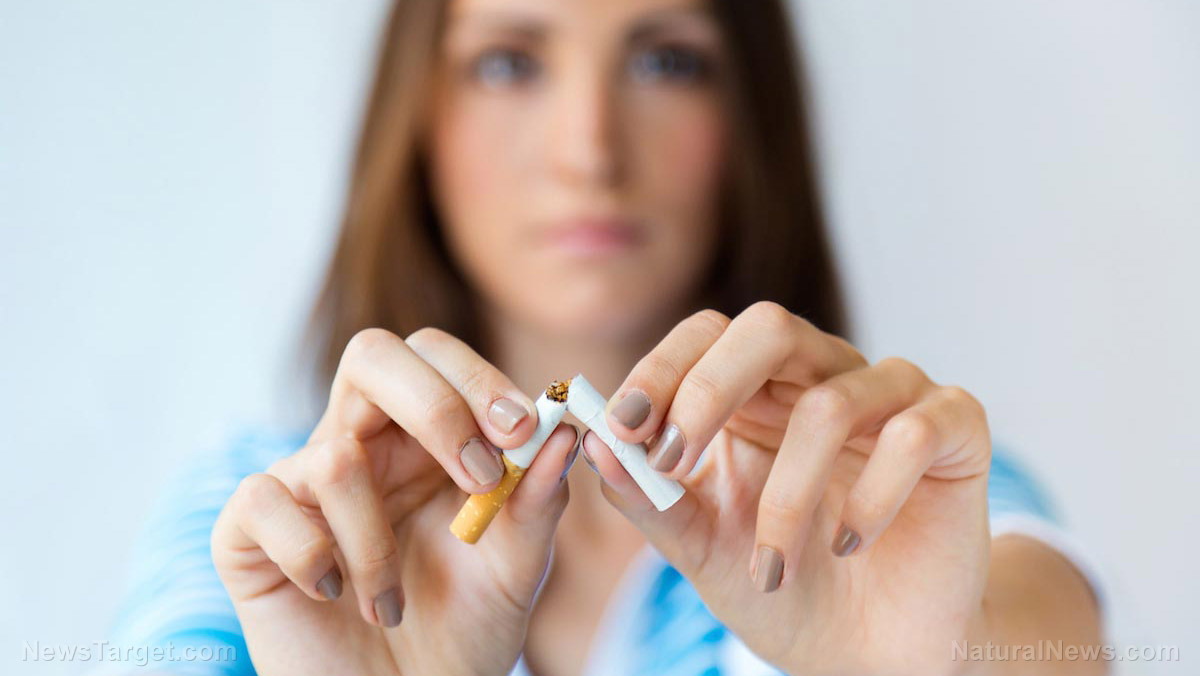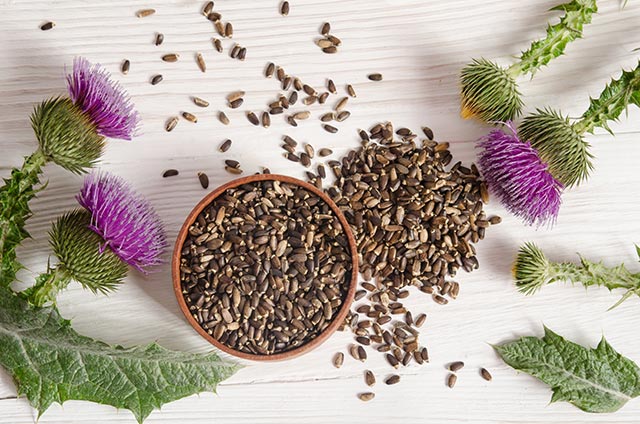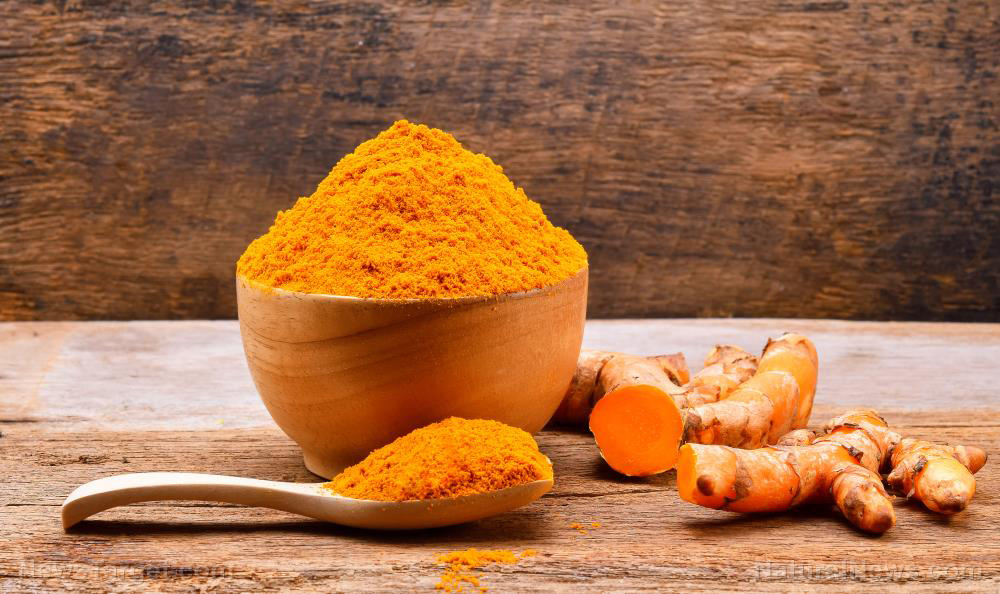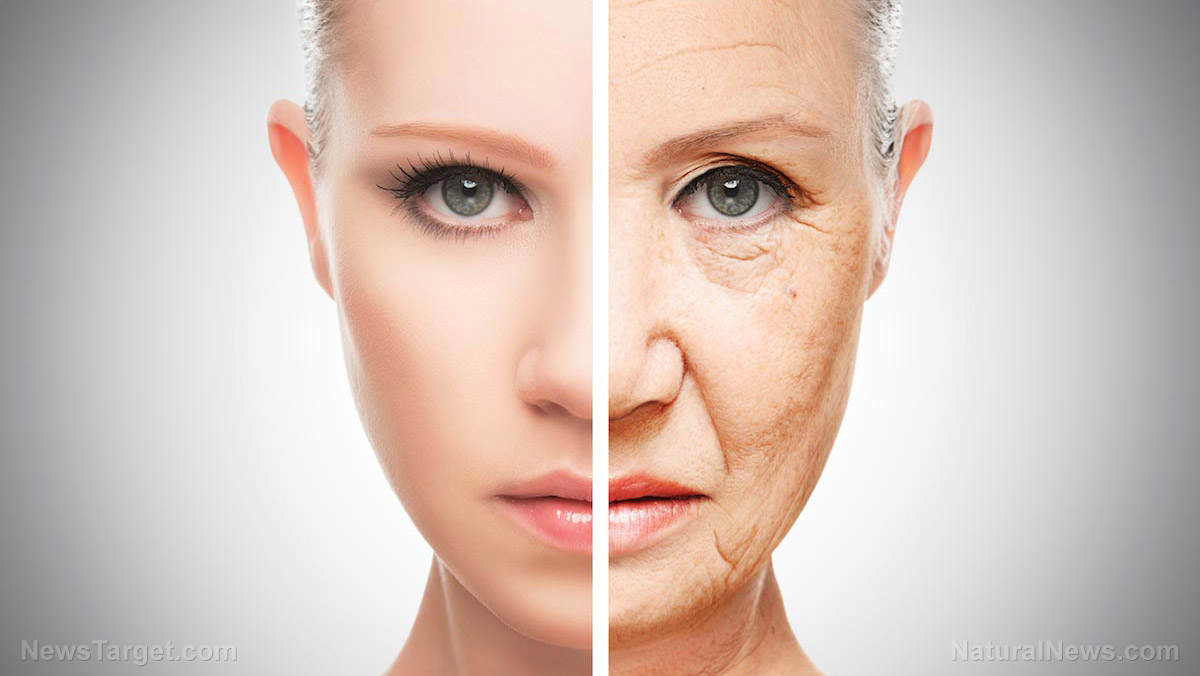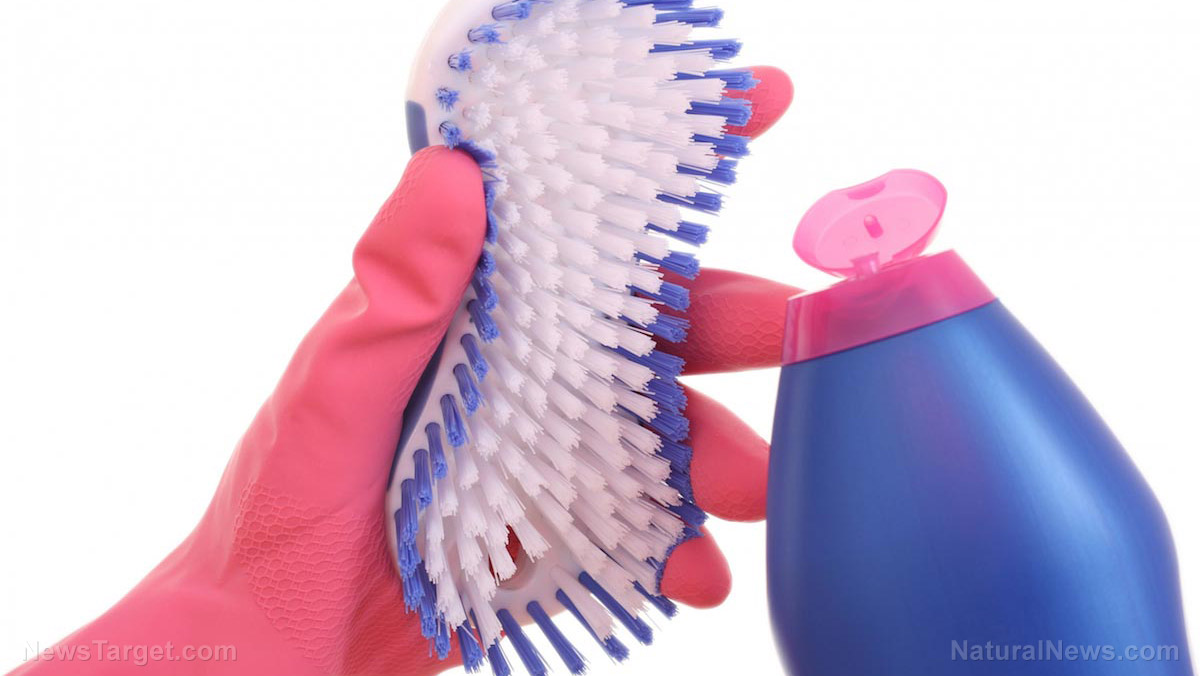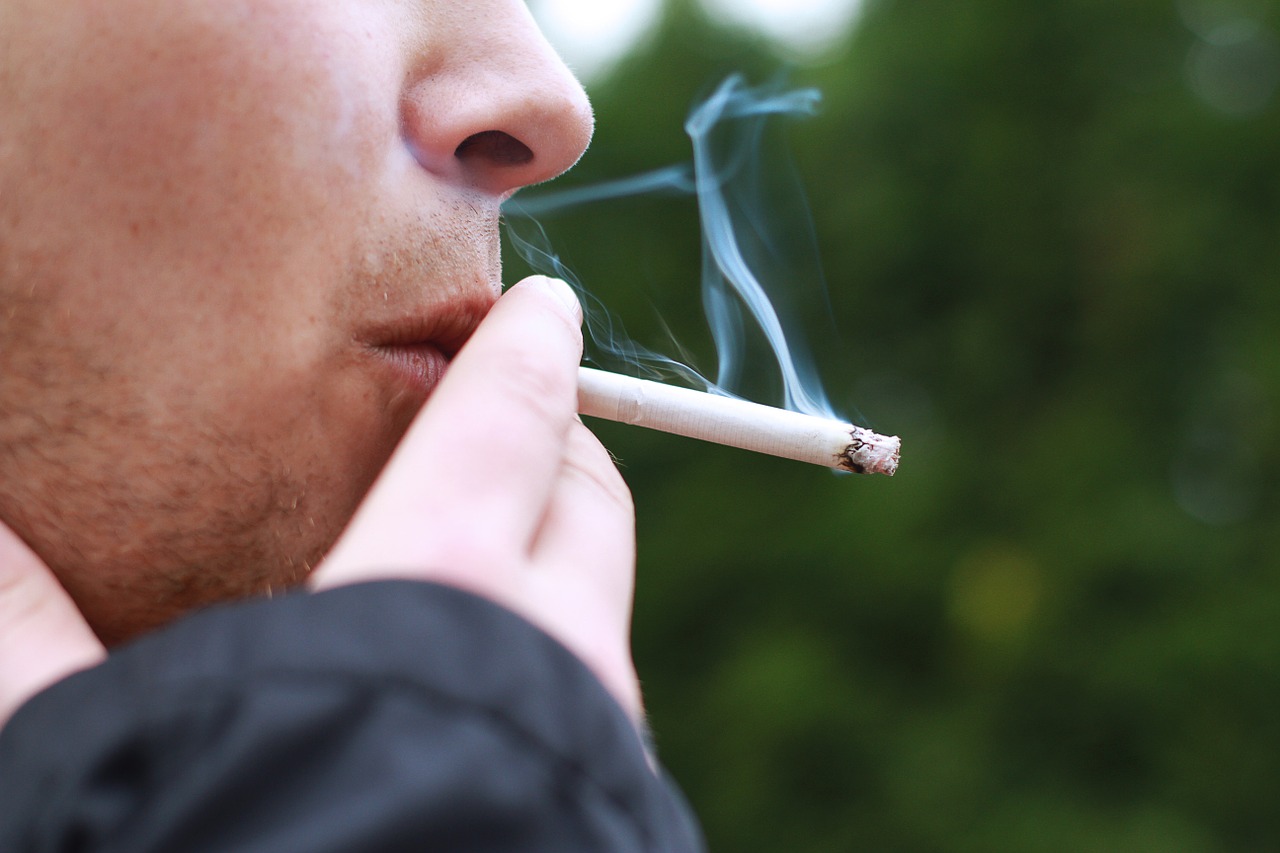Improving air quality can cut your risk for diabetes
09/15/2018 / By Michelle Simmons

Research has revealed that improving air quality can cut the risk of Type 2 diabetes. The study, published in the journal The Lancet Planetary Health, discovered that aside from eating a diet high in processed and sugary foods, living in areas with poor air quality can increase the risk of Type 2 diabetes.
Researchers at Washington University looked at data of 1.7 million U.S. veterans across an average of 8.5 years. They also analyzed data from NASA satellites and readings from ground stations, which monitored air pollution in the environments of the study participants. Then, these results were cross-referenced with air pollution statistics from 194 other countries in order to determine if the number of people with Type 2 diabetes increased in highly polluted areas.
Based on the results of the analysis, 3.2 million cases of Type 2 diabetes in the world were due to air pollution in 2016, representing a total of 14 percent of new cases of the condition. Moreover, about 21 percent of people living in areas where there were five to 10 micrograms per cubic meter (mcg/m³) of air pollution developed Type 2 diabetes. This increased to 24 percent when the pollution was at 11.9 to 13.6 mcg/m³.
The study researchers also believe that air pollution could be the cause for at least one in 10 cases of Type 2 diabetes in the U.K. With the help of NASA satellites, they predict that nearly 15,00 people develop type 2 diabetes in the U.K. every year because of poor air quality.
“In the U.K., in 2016 there were about 14,900 incident cases of diabetes attributable to air pollution and 31,800 healthy life years lost. We did not look at the city level or London. However, it is very clear from our results that higher (pollution) is associated with higher risk,” said Ziyad Al-Aly, study author and assistant professor at Washington University.
The findings of the study also suggested that even small improvements in air quality could help decrease the prevalence of Type 2 diabetes.
Improving air quality at home
You can start by reducing your exposure to air pollution in your home. Follow these tips to improve the air quality in your home:
- Do not smoke: Smoking is bad for the health, and it is not good for your home. When a cigarette is burned, about 4,000 toxic chemicals are released and those could be floating around your house and sticking to surfaces.
- Get an indoor plant: Some houseplants, such as chrysanthemums, peace lilies, and the snake plant, are effective at filtering toxins from the air, such as formaldehyde. (Related: These indoor plants can filter the air you breathe at home while providing medicinal benefits.)
- Get your appliances checked and serviced: Your appliances, especially gas appliances like boilers and gas ovens, should be serviced regularly to prevent them from leaking gas into the air.
- Keep your floor clean: Vacuuming, mopping, or simply using rugs can help remove dirt and dust from being blown around or moved around the house.
- Reduce humidity: Dust mites and mold spores love hot, humid air. Try to control humidity levels, especially when you are cooking, using a tumble drier, or having a hot bath, as these tend to increase humidity levels.
- Test for radon: Radon, a naturally-occurring gas, can increase the risk of diseases, such as lung cancer. However, this gas has no scent and no color, making it difficult to detect. The only way to detect it is to purchase a report or carry out a radon test that tells you whether your home is at risk. If it is, try installing a positive input ventilation system to reduce radon concentration.
- Use natural deodorizers: You can make your house smell good without using toxic chemicals. Try using essential oils or cutting up some citrus fruit instead, as these are natural and more environmentally friendly alternatives.
Read more news stories and studies on the harmful effects of pollution by going to Pollution.news.
Sources include:
Tagged Under: air quality, clean air, diabetes risk, disease causes, environment, poor air quality, Type 2 Diabetes

